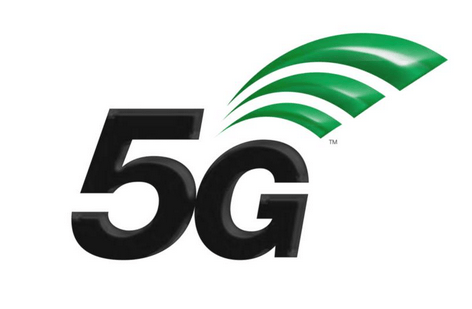

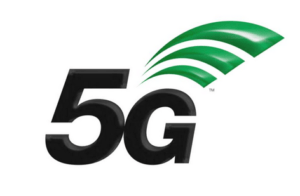 On November 1, 2024, there was a grand event at the La Palm Royal Beach Hotel, which marked the ceremonial launch of a Ghana’s first shared 4G/5G network under an exclusive 10-year license granted to Next Generation Infrastructure Company (NGIC). But it was not yet an operational launch, which would have meant the network was actually live for public consumption from that date. As we speak today, it has been six months since the “launch” but there is still no live public 5G network in Ghana yet.
On November 1, 2024, there was a grand event at the La Palm Royal Beach Hotel, which marked the ceremonial launch of a Ghana’s first shared 4G/5G network under an exclusive 10-year license granted to Next Generation Infrastructure Company (NGIC). But it was not yet an operational launch, which would have meant the network was actually live for public consumption from that date. As we speak today, it has been six months since the “launch” but there is still no live public 5G network in Ghana yet.
Speaking of live 5G network, the then Minister of Communications and Digitalization, Ursula Owusu-Ekuful, under whose tenure the ceremonial launch was done, gave a December 2024 deadline for all three telcos in Ghana – MTN, Telecel and AT Ghana, to rollout live 5G networks for public consumption. In fact, she said the network was ready and so if by December 2024, any telco was not offering 5G, then customers should question that telco. In spite of that bold statement, six months have passed and we still don’t have a live 5G network anywhere in Ghana yet.
Initially, the deadline for the live rollout was extended to January 2025, then to May 2025. Recently, new sector Minister, Sam George made a public announcement that the sole wholesaler for the 4G/5G network in Ghana, NGIC has assured him that 5G will go live in Ghana in June 2025, which is this month. He then stated that he is going to hold them to that deadline, and if they fail there will be consequences, which may include a possible review of the 10-year exclusive licensing terms. The Minister did state that he is not a fan of terminating contracts and licenses, particularly because such actions have financial consequences for the state. But he will not hesitate to review the terms of the license if it becomes necessary.
NGIC itself has not made any public statement as to when the network will go live, but even if we took the Minister’s word for it, the month of June is gone, and we still don’t have live public 5G network anywhere in Ghana. So, what are the operational and regulatory hurdles which have been in the way of 5G going live in Ghana?
Operational issues
Tower rollout
According to Sam George, NGIC assured him that by June they would have rolled out at least 350 cell sites, comprising of 200-250 sites in Accra and 100-150 sites in Kumasi, out of which at least 50 will be 5G sites, adding that he is looking forward to nothing less than what they promised. But at the last count NGIC had rolled out only up to 22 cell sites mainly in Accra and Kumasi, which is far cry from the promise, and woefully inadequate to ensure a meaningful impact across the country.
But we are reliably informed that all the equipment needed to rollout the 350 cell sites are in country and have been warehoused here, waiting for a number of regulatory approvals to make their rollout worth the while of the stakeholders. Rolling out such equipment and managing them cost a lot of money in the form of monthly fees and utility bills. A typical example of such bad business decision was when Glo first came to Ghana – they rolled out cell sites to cover 90% of the country even though there was no real guarantee of customer presence across the country. In the end they had to decommission a lot of the sites even before the company finally collapsed. So, if regulatory approvals for industry players to connect to the shared platform and use the sites are still pending, it would not make commercial sense to roll them out immediately. What is important is that the equipment are here and ready to be rolled out.
Hesitation from Towercos
Again, NGIC and tower companies (towercos) – mainly ATC and Helios Towers – are yet to finalize on agreements to ensure that the towercos will make their towers available for the rollout of 4G and 5G networks across the country.
Towercos, who are critical to site deployment, remain hesitant to fully commit to NGIC’s rollout, largely due to the historic financial losses in the Ghanaian telecom market. Specifically, significant unpaid obligations from legacy telcos such as AT Ghana and Telecel Ghana—who continue to struggle under the SMP-dominated market structure—have made towercos risk-averse and reluctant to expose themselves to further credit exposure without robust guarantees and reform. It would be recalled that the Minister recently announced that ATC alone presented a bill of GHS1.5 billion, which is the debt owed by AT Ghana alone, not to talk of how much Telecel owes ATC. So, the towercos are apprehensive about entering into another relationship with NGIC, which may lead to more unpaid bills and fees.
However, all of this underscores the importance of NGIC’s neutral-host model as a pathway to reduce financial fragmentation and ensure centralized accountability. The shared model promises to reduce the financial burden on operators and therefore mitigate the incident of operators piling up debt to towercos. It also highlights the need for intentional regulatory support to rebuild investor confidence in Ghana’s telecoms market.
The regulator and the government are not oblivious to these challenges and what policy decisions they can bring to bear on this matter in the common interest of the industry and of Ghana. Instead, it appears that the licensed wholesaler has been left on its own to negotiate that difficult curve and meet deadlines, which cannot also happen without certain specific regulatory interventions.
Delays in NOC inspect report and network certification
For instance, NCA completed technical inspection of the Network Operation Centre (NOC) and backup facilities at NGIC several weeks before they issued an official report and certification to NGIC. This very important report is a prerequisite for full operational clearance. But from our understanding, it took at least eight weeks before that report was delivered to the operator, and that has also impacted the operator’s ability to meet deadlines.
Pending regulatory issues
There are very critical aspects of the operational issues that require major regulatory approvals, guidelines and directives for them to happen; and these are known to the regulator and the Minister.
Delays in SIMs and PLMN approval for testing
For example, the National Communications Authority (NCA) has so far granted limited approval for testing purposes—specifically, authorizing 50 SIM cards for the wholesaler to begin network testing. These SIM cards are currently in the provisioning phase. Additionally, the NCA has approved the use of a Public Land Mobile Network (PLMN), but strictly for testing. The PLMN is a critical component, as it enables the final configuration of the network, system integration, and interoperability testing with partner entities.
It is important to note that these are not the substantive approvals required for full commercial deployment. In fact, there was a significant delay in securing even these initial testing approvals, and that delay has already had a tangible impact on the overall rollout timeline. The core authorizations necessary for full-scale operations are still pending.
Spectrum interference
There is persistent interference with the allocated spectrum, which continues to affect network stability and quality. Without a clean and interference-free spectrum, there is no guarantee of reliable service to customers even if the network is launched today. Specifically speaking, there was an interference in the 3.5GHz spectrum from Ghana Civil Aviation Authority (GCAA) satellite receiver because the operator’s tower is located behind airport shell filling station in Accra. We are aware that just recently, the NCA managed to get GCAA to shift its frequency to 3.9GHz, which is a bit farther away from the NGIC spectrum band. So, now testing is ongoing before NGIC can get the greenlight to move forward with that.
The other challenge is with the 2.1GHz spectrum allocated to the operator. Simply put, there is a “raised noise floor” in that spectrum, which will interfere with any communication signal.
Here is how an expert explained “raised noise floor” in lay man’s language:
Imagine you’re in a very quiet room trying to hear someone whisper from across the room. Even when no one is talking, there’s still some background sound — maybe a humming fridge, outside wind, or distant traffic, which makes it difficult for you to hear the whisper. That constant background sound is the noise floor in a system.
In electronics or communication systems (like radios, microphones, or cell phones), there’s always a tiny amount of unwanted random signal — like static or electronic hiss — even when no real signal is being sent. This is called system noise. If the system noise is higher than the voice signal during a call, it will be hard for you to hear each other’s voices. It’s like trying to hear a whisper during a loud concert.
We are aware that after several months of collaborative testing and diagnosis, the NCA has now localized the issue. The exact source of the noise has still not been identified yet, but further investigations are underway. However, this far the current state of the spectrum allows NGIC to operate within the band without significant interference.
Is it possible that some saboteurs are deliberately causing this interference? Yes! But that cannot be proved yet.
Approval and guidelines for telcos and ISPs to connect
At the recent meeting with CEOs of the telcos, sector Minister Sam George made the following statement:
“The regulator [NCA] has brought to my attention a request for connecting entity licenses so that the likes of AT and Telecel that are pretty constrained spectrum-wise could immediately take advantage of some resources on the NGIC platform. MTN is also welcome if they are interested to take part of those resources.”
That was a clear confirmation that that critical regulatory intervention such as connecting entity approvals for telcos and policy guidelines for internet service providers (ISPs) have not yet been granted.
To date:
No approvals have been granted to the two telcos (AT and Telecel) who have applied to participate in NGIC’s wholesale network.
No regulatory framework or policy has been issued to guide ISP participation in delivering retail 4G/5G services over NGIC’s infrastructure.
These omissions mean that NGIC is legally and operationally constrained from commencing the necessary technical configuration and integration processes with participating retail service providers (telcos and ISPs).
We are aware that the regulator is working on it. But the fact as of today is that, that is pending.
Configuration timeline and market readiness
Once the required regulatory approvals and policy frameworks are in place, our understanding is that NGIC will require a minimum of 6–8 weeks to conduct technical configuration, integration and Mobility/FWA testing. Only then can commercial wholesale services be launched to participating telcos and ISPs. Until we get to that point, the infrastructure—despite being warehoused and ready—is effectively idle, which delays Ghana’s ability to benefit from the advantages of shared 4G/5G infrastructure.
Deadline vs KPIs
So, it brings us back to the Ministers June deadline statement and subtle threat to review the license if the deadline is not met. Moreover, per the key performance indicators for NGIC, they have at least a 3-year initial period to meet specific targets before their work can be subjected to regulatory scrutiny. It is very important that the three-year period is honoured, particularly in the face of all the hurdles and deliberate attempts by some industry players to make the whole arrangement fail.
So, in our humble opinion, what the sector minister should be doing in the interest of Ghanaians is to ensure that the regulator is playing its role timeously to clear the regulatory hurdles and make way for Ghanaians to start experiencing 5G soon. Setting deadlines are important to ensure that operators are held accountable to their commitments. But the deadlines should first be set on the regulator to fulfil its part of the deal, then we can confidently hold the operator to deadlines. Anything short of that would not do much if the regulatory hurdles still persist. We are fully confident in the Minister and the regulator that they will deal with these issues in the interest of the public. In fact, we are aware that work is being done to address these challenges.
Looking Ahead to Strategic Benefits of the Shared Platform Model
For the regulator and government
Reduces the burden of infrastructure redundancy and enables policy-driven digital inclusion.
Helps address the market dominance of the significant market power (SMP) through open-access mechanisms.
Creates a transparent licensing and compliance regime across Telcos and ISPs.
For telcos and ISPs
Access to a national network without the cost of individual infrastructure deployment.
Improved service quality and coverage while enabling cost-efficient market entry and growth.
Offers a fairer, level playing field to compete with the SMP incumbent.
For towercos and investors
A consolidated and accountable wholesale operator (NGIC) reduces credit risk.
Provides clarity, scale, and stability to support long-term investment.
Rebuilds trust in the telecom value chain by breaking the legacy of non-payment and instability, particularly for the towercos.
For consumers
Accelerates access to high-speed 4G and next-generation 5G services at lower costs.
Improves service coverage, reliability, and performance—especially in underserved areas.
Expands consumer choice by supporting a more competitive service provider ecosystem.
Conclusion and call to action
To fully unlock the transformational potential of the NGIC model, regulatory and policy action must now match the ambition of the infrastructure investment already made. Ghana stands at a strategic crossroads; by enabling NGIC’s open-access model, it can dismantle monopolistic bottlenecks, revitalize investor and towerco confidence, and position itself as a digital infrastructure leader in West Africa.
Delays, if prolonged, risk not just NGIC’s rollout, but Ghana’s broader goals of digital transformation, economic competitiveness, and inclusive growth.
By Samuel Dowuona
Email: [email protected]
The post Ghana Internet users promised 5G rollout but failed appeared first on Ghana Business News.
Read Full Story


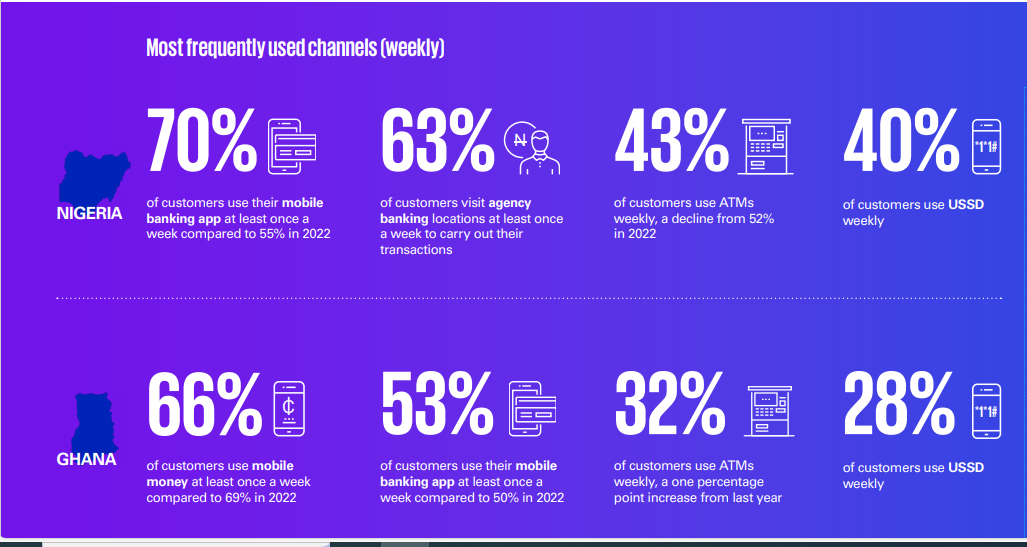



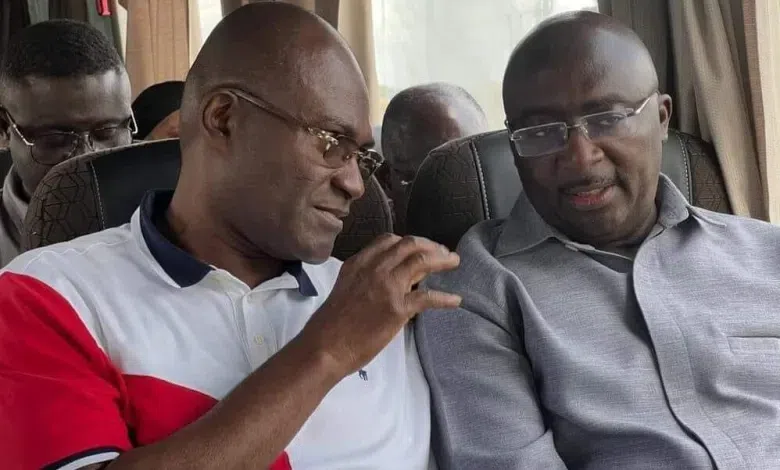



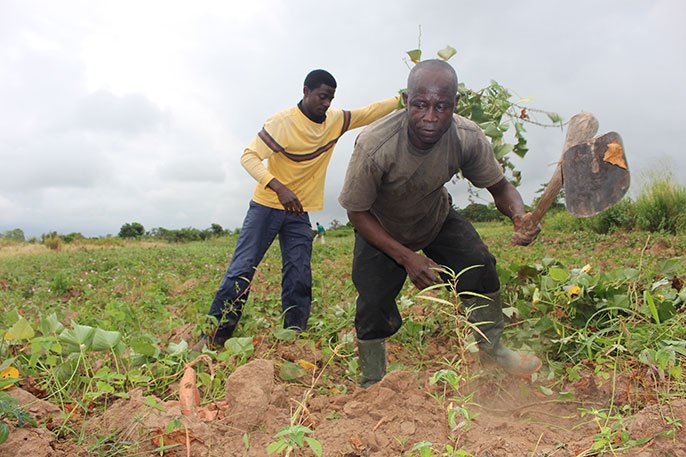




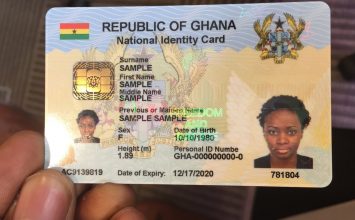




Facebook
Twitter
Pinterest
Instagram
Google+
YouTube
LinkedIn
RSS